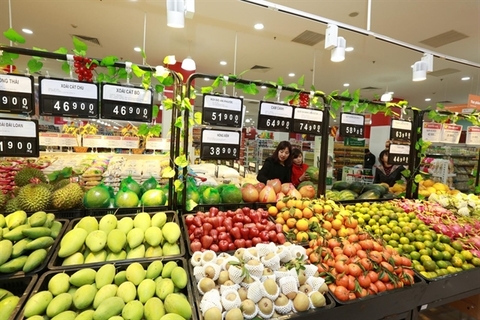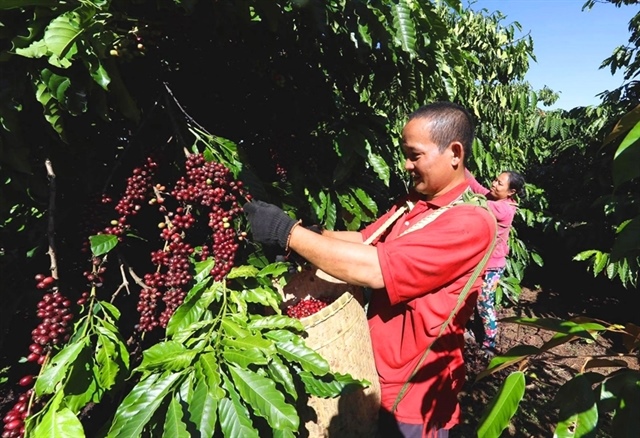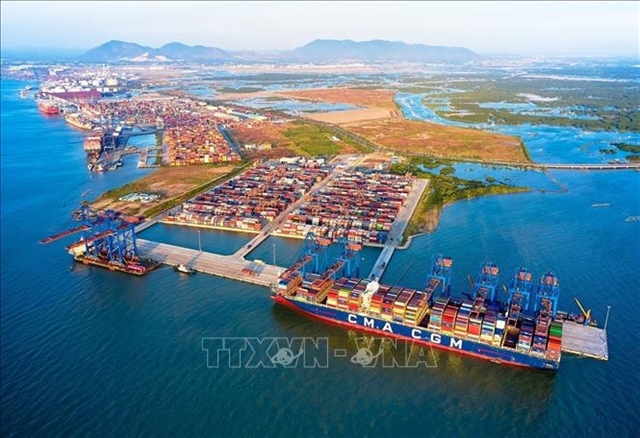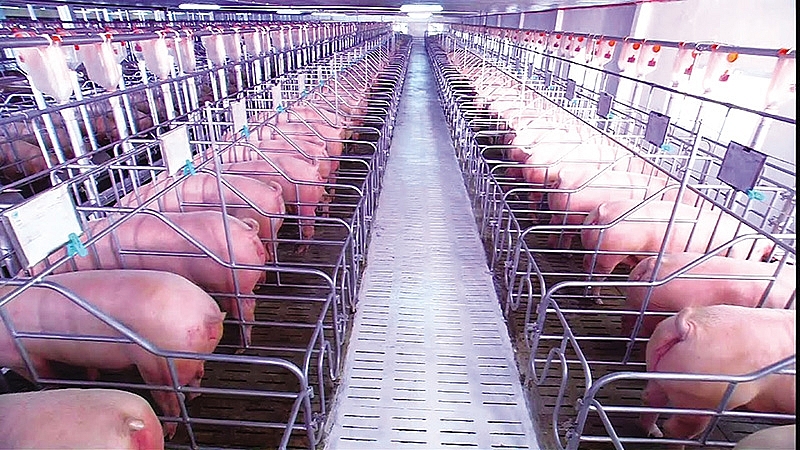Agriculture sector gains trade surplus of $8.8b in 11 months
Agriculture sector gains trade surplus of $8.8b in 11 months
Viet Nam’s agriculture sector gained a trade surplus of US$8.8 billion in the first 11 months of this year, $1.5 billion higher than the same period last year, according to the Ministry of Agriculture and Rural Development (MARD). 
During the 11-month period, the sector achieved a total trade value of $65.7 billion from agricultural, forestry and aquatic products, with an export value of $37.3 billion, up by 3.6 per cent year on year, and an import value of $28.5 billion, down by 0.7 per cent.
The sector has seven groups of agricultural products with export value of more than $2 billion including timber and wood products, coffee, rubber, rice, cashew nuts, fruits and shrimp.
Regarding export markets, China was still the largest export market of Viet Nam's agricultural products, accounting for 26.9 per cent of total export revenue; followed by the US, accounting for 21.9 per cent; EU, 11.7 per cent; ASEAN, 10 per cent; Japan, 8.8 per cent and South Korea, 5.8 per cent.
The ministry expects the total export revenue this year to reach about $41.3 billion and the trade surplus is estimated at $9.5-10 billion.
By year end, the MARD will continue to coordinate with the ministries and other sectors in actively negotiating to open export markets avoiding dependence on one market and stabilising traditional markets.
The ministry has asked agriculture, forestry and fishery producers to have production processes meeting requirements of importing countries on traceability and geographical indications for exported agricultural, forestry and fishery products.
MARD continues to deal with market difficulties to create favourable conditions for exporting seafood to China, the US, South Korea, Australia and Brazil.
At the same time, it would monitor agricultural consumption at the border gates and promote the Chinese side to speed up the review of proposals for opening markets for Viet Nam's export of swallow nest products.
The sector continues to coordinate with associations and enterprises to closely monitor supply and demand of food, foodstuffs and import-export situation and strengthen strict control of smuggling in the domestic market.
It would also find solutions on removing difficulties in the market and stabilising the supply of agricultural, forestry and aquatic products by the end of the year.
According to the ministry, in 11 months, the export value of some products increased over the same period last year, such as rubber (up 9.3 per cent to $2 billion), tea (up 16 per cent to $216 million), vegetables (up 9 per cent to $592 million), wood and wooden products (up 19.5 per cent to $9.6 billion) and cinnamon (up 31 per cent to $163 million).
However, there were still some agricultural products with reductions in export revenue due to a sharp decline in the average export price.
They included fruit (down 5.5 per cent to $2.6 billion), cashew nuts (down 1.8 per cent to $3 billion) and rice (down 9.4 per cent to $2.6 billion).
Especially, coffee plummeted in both value (15 per cent) and volume (nearly 23 per cent) year on year and the coffee export value reached $2.5 billion.





















